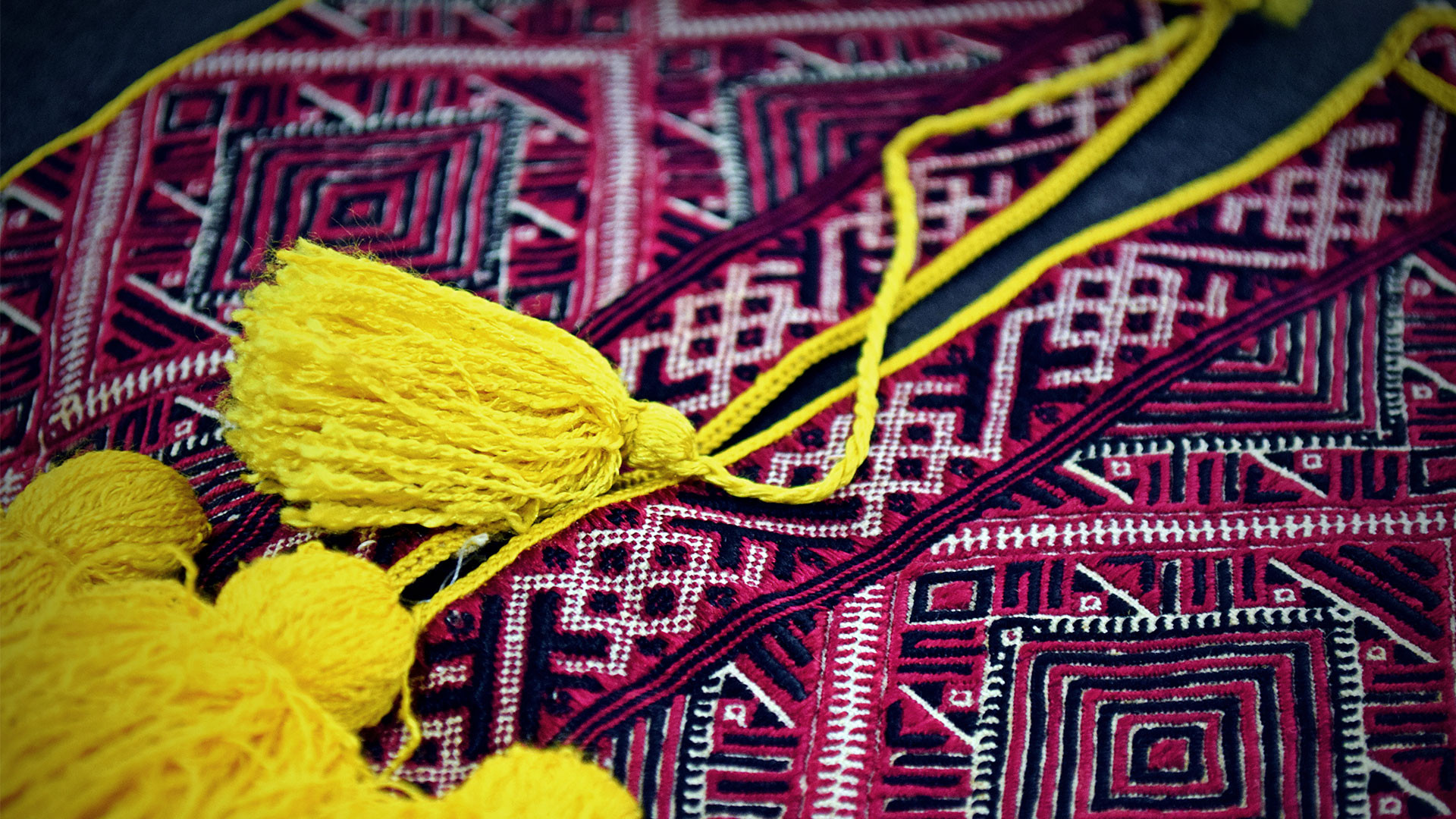
The Fascinating National Costumes of the Dubrovnik Region
Story of values and identity
The Dubrovnik region is a place steeped in rich cultural heritage and tradition, and one of the most beautiful ways this heritage is displayed is through the traditional national costumes worn by its people. From the fields of Konavle to the shores of Primorje and surrounding islands, these costumes tell a story of history, values, and identity that has been passed down through generations.
Konavle region
Starting from the south, in Konavle, their costume features a white blouse adorned with intricate embroidery, a vibrant red or black skirt, a colourful apron, and a headscarf. Each element of the outfit carries its own symbolism: the red and black skirts represent fertility and protection, the white blouse symbolises purity and innocence, and the colourful apron signifies prosperity and wealth. The handcrafted embroidery on the blouse and apron reflects traditional motifs such as flowers, animals, and geometric patterns. Even though they lived humble lives, women often wore intricate pieces of jewellery that have been passed down through generations, like Konavle necklaces and earrings. This jewellery has gained popularity even nowadays, as you can see young girls and women wearing it in modern combinations.
Primorje region
As you head north along the coast in the Primorje region, it's worth observing the traditional national attire worn by men in the area. The Primorje costume features a classic white shirt, black pants, a beautifully embroidered vest, and a colourful sash worn around the waist. The white shirt signifies purity, while the black pants symbolise power and authority. The colourful sash represents bravery and courage, and the embroidered vest is a sign of prestige and honour. This attire is a statement of strength and masculinity, a reflection of the maritime traditions and fishing heritage of the region.
Dubrovnik city
The traditional men's costume from the Dubrovnik region is a heartfelt representation of the area's heritage. It includes a linen shirt and trousers with a unique, distinctive cut. The outfit features a waistcoat adorned with metal buttons known as toka, a silk cummerbund, and a red fez wrapped in a delicate shawl called a saruk. These intricate details combine to make the Dubrovnik costume truly recognisable and special, reflecting the rich traditions and cultural significance of the region. Women wear a white blouse with puffed sleeves, a black or red skirt, a colourful apron, and a headscarf, embellished with traditional jewellery to add a spark of elegance. The colours of the Dubrovnik national costume are deeply symbolic: black for protection, red for passion, and white for purity.
Special occasions and celebrations
Every year in February, during the St. Blaise Festival, people came to the Old City from surrounding villages to show their attire, from clothing to jewellery, and celebrate their culture. This custom is still present nowadays; the national uniforms are taken out of the ark and worn at special celebrations. Wearing these costumes is not just a fashion statement; it is a heartfelt homage to the past, a way of honouring the ancestors who passed down these treasures of cultural heritage. A large part of them you can see in the Rupe Ethnographic Museum. The museum itself is a monument, as it was built in 1590 and holds a collection of over six thousand items.
Enchanting threads
The traditional costumes of the Dubrovnik region are more than just pieces of clothing; they are a testament to the pride, tradition, and identity of the people who wear them. With each embroidered thread and vibrant colour, these costumes keep the spirit of Dubrovnik alive, connecting the present with the past and ensuring that the traditions of this beautiful region endure for generations to come.
Photo credit: TZ Čilipi, Karmen Diklić Zorović
